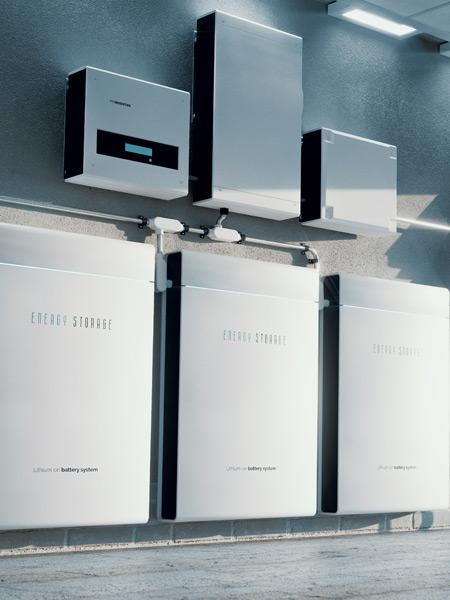As the electric grid transitions from depending primarily on fossil fuel to a resource base that is predominantly made up of renewable sources, the matter of balancing supply and demand gets more challenging. The challenge results from the intermittent nature of renewable resources which increases grid stochasticity and makes forecasting grid conditions much more uncertain.
In its 2024 System and Resource Outlook Report, the New York Independent System Operator (NYISO) identified the need for a new class of resources called DEFRs (Dispatchable Emission Free Resources) that are needed to balance the intermittency of renewable energy to enable the transition to the goals mandated in New York’s Climate Leadership and Consumer Protection Act (CLCPA). Examples of DEFR technologies include hydrogen fired gas turbines, small modular nuclear and long duration storage technologies – all technologies that are still under development. The NYISO highlighted an “initial need of 32 GW of DEFRs to serve unmet winter load under electrification scenarios due to the mismatch in renewable generation output and expected demand.” This is a very large requirement and signifies that almost the entire existing gas turbine fleet needs to be backed up with these emission-free technologies which are not yet available commercially on a significant scale.
One resource type that is often overlooked by system planners, is the role that flexible demand side resources can play in reducing the quantity of DEFRs needed to firm up the intermittent renewable assets. As the grid transitions to renewable and distributed assets, grid operators will need to have tools to modulate demand to meet available generation with as much ease as they schedule generation to meet demand today. Demand response and distributed energy resources as well as micro-grids can help bridge the supply-demand mismatches between generation and load, significantly reducing the need for the so-called DEFR resources. While the technology needed for DEFRs is still not available on a commercial scale, the technology to aggregate, control and meter demand side assets is very much available for rapid scale-up.
Loudon Energy Analytics is hoping to be a catalyst for introducing comprehensive stochastic modeling for micro-grids and demand side resources and provide analytics to help them maximize their participation in wholesale electricity markets. Increased and more responsive participation by demand side resources should significantly reduce the need for DEFRs and will be an enabler to the transition to a renewable and distributed grid. In addition, increased demand response participation will enhance reliability and overall economics of the grid.
For advanced grid analytics, Loudon Energy Analytics is commercializing the ORFEUS Software platform developed by researchers at Princeton University’s Operations Research and Financial Engineering (ORFE) department which received over $4 million in funding as part of DOE ARPA-E’s Perform initiative. We have also teamed up with Intellastar, a leading data infrastructure and analytics company for demand side resources. By teaming up with Intellastar, Loudon Energy Analytics hopes to facilitate a more seamless aggregation of distributed assets into the wholesale electricity market. Distributed assets such as roof-top solar, demand response, and EV chargers may be aggregated to provide the demand flexibility that is so valuable for maintaining grid reliability and increasing ease of participation. By effectively integrating Princeton’s ORFEUS software with Intellastar’s flagship Energy Analyst platform, Loudon Energy Analytics hopes to speed up the integration of demand response and distributed resources with the wholesale market and help facilitate the transition to a zero-carbon economy.


